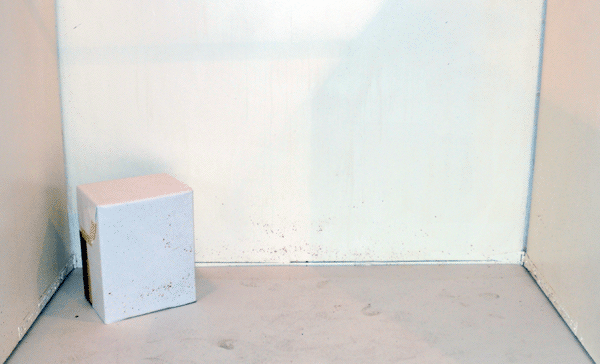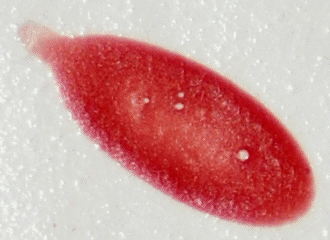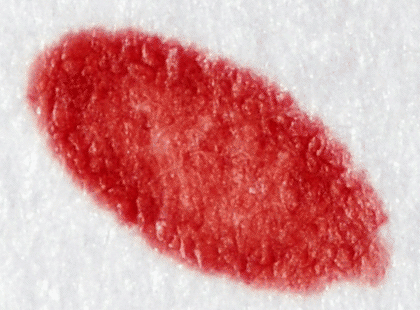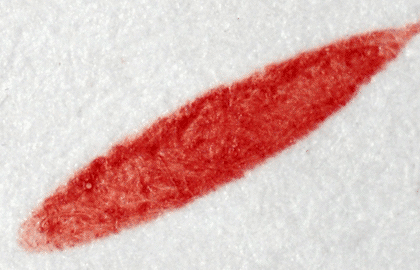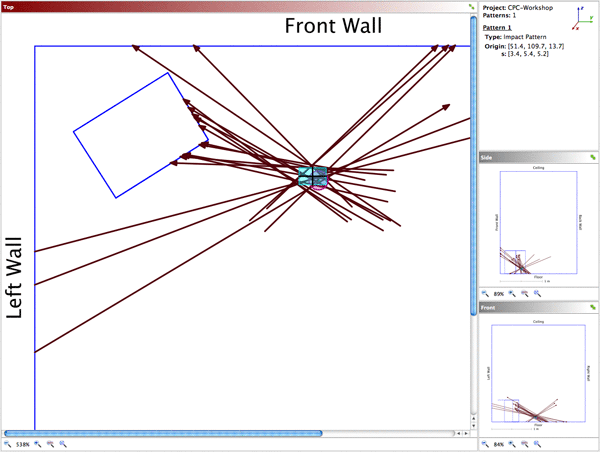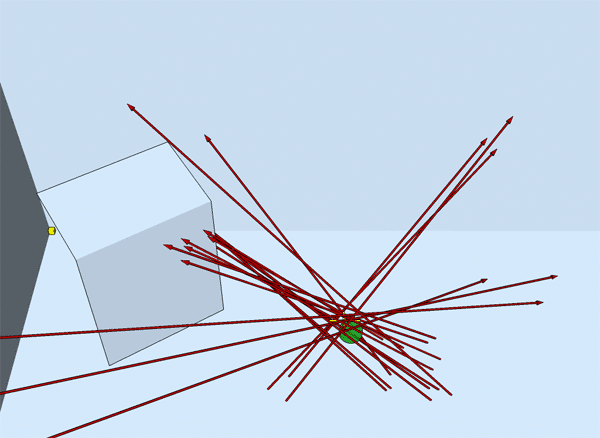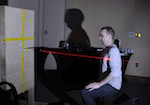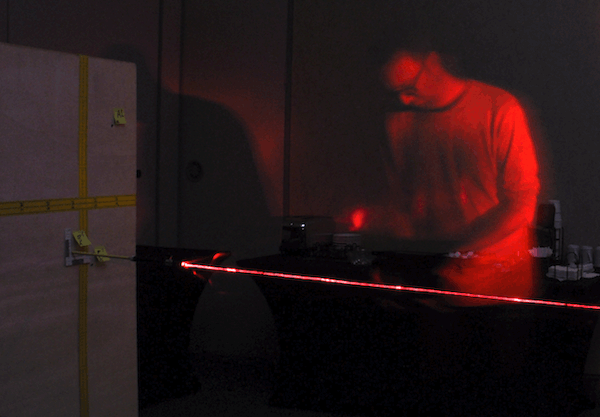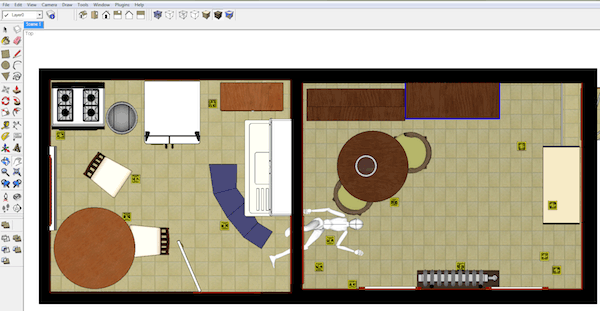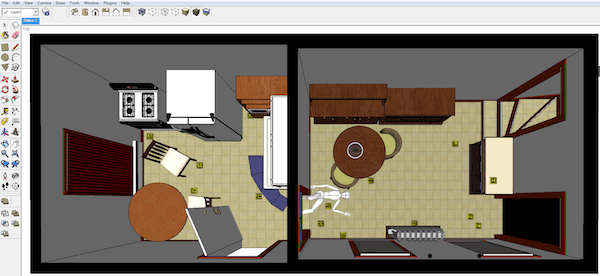Shooting Incident Reconstruction Course
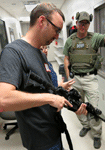
Last month I had the opportunity to attend the Bevel, Gardner, & Associates Shooting Incident Reconstruction (SIR I) course in Omaha Nebraska, USA. It was hosted by the Douglas County Sheriff’s Office and taught by Jonathyn Priest and Iris Dalley.
The course was a week long and was made up of attendees from across the US (and two of us representing Canada). It was a very interesting course and I learned a lot! It included a good mixture of classroom instruction, range instruction, and labs/workshops.
In the classroom we took apart cartridges and shotshells to examine the components of different types of ammunition, learned how to process and document a shooting scene, learned the concepts of trajectory analysis and got some hands-on experience with it, and learned about gunshot residue (GSR), stippling, wound tracks, and other topics related to wound dynamics.
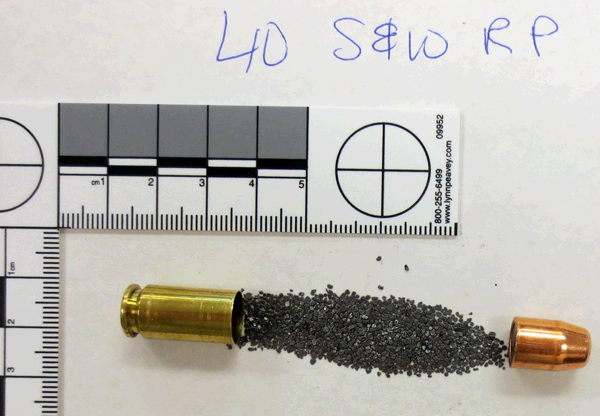
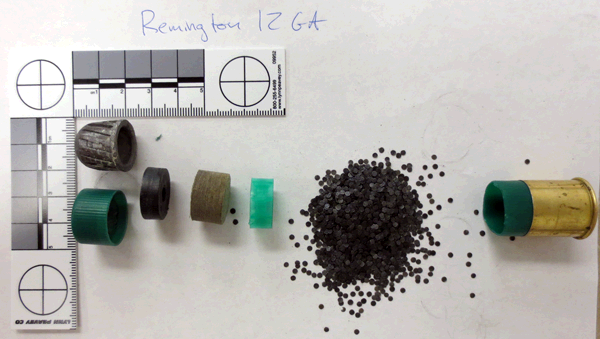
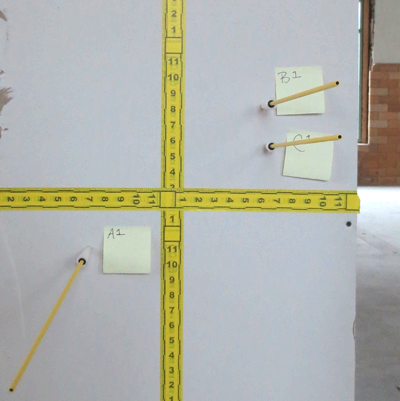
We spent some time on the range to observe the effects of different types of weapon on various substrates (plate glass, laminated glass, wood, etc), examined ricochets off metal, wood, and and sand, analyzed a mock scene on a car with several bullet defects, and learned about wound dynamics through the shooting of a pig carcass with a handgun, a rifle, and a shotgun.
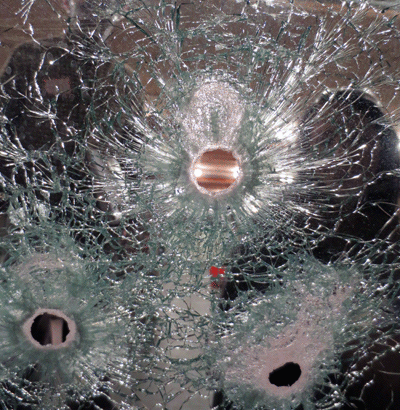
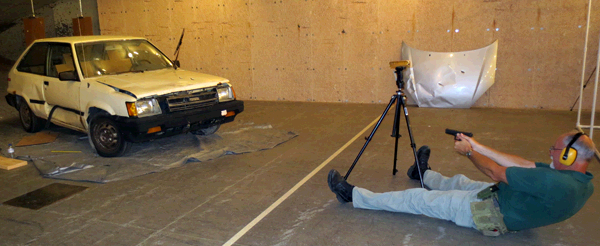
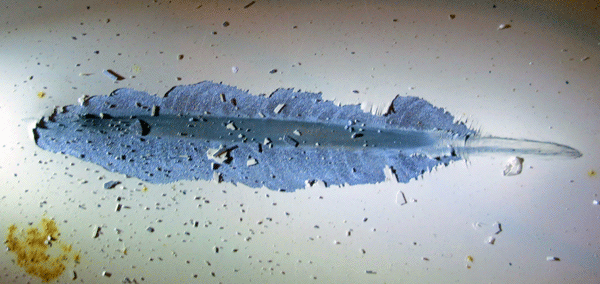
I look forward to learning more about Shooting Incident Reconstruction and how it relates to my current work in Bloodstain Pattern Analysis.
Thanks to Michael Maloney and Jonathyn Priest of Bevel, Gardner, & Associates for organizing things for me!

